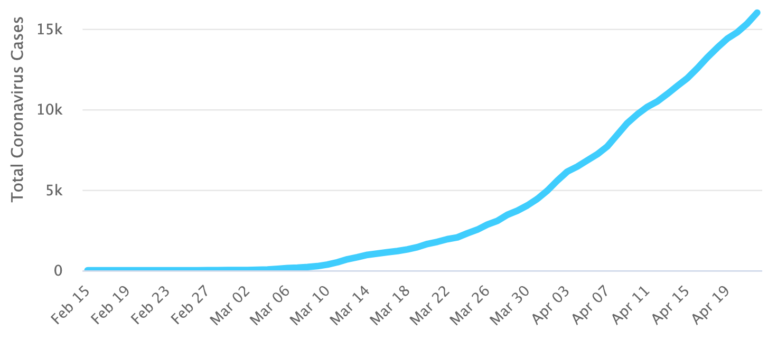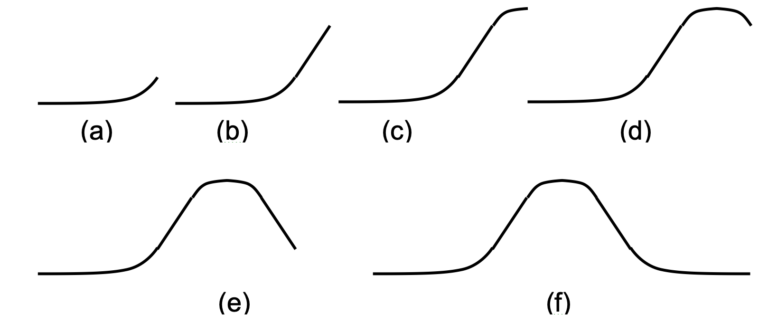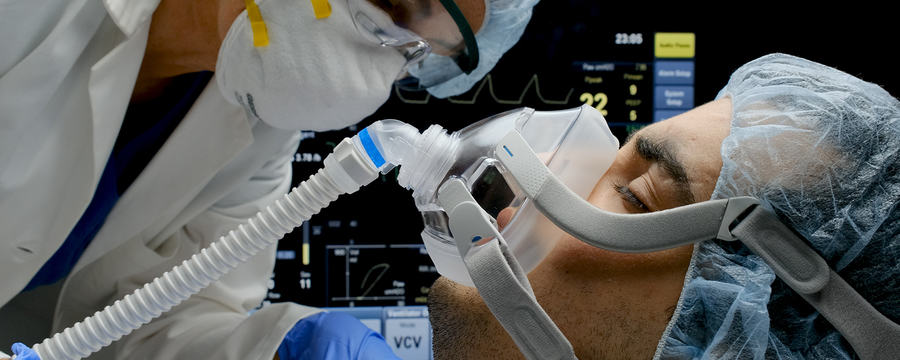Home / Healthcare & Medicine / Coronavirus / COVID-19: Pandemics, Modelling, and Policy / The Shape of Epidemics

Reach your personal and professional goals
Unlock access to hundreds of expert online courses and degrees from top universities and educators to gain accredited qualifications and professional CV-building certificates.
Join over 18 million learners to launch, switch or build upon your career, all at your own pace, across a wide range of topic areas.


 .
.
 Since (R) increases and (I) decreases, (I) can’t keep rising so steeply and has to flatten off (Figure 6.2(b)) and then turn down until it’s horizontal (Figure 6.2(c)). Then by a similar argument it has to turn down until the number of infected people is around zero Figure 6.2(d)(e)(f)).
Since (R) increases and (I) decreases, (I) can’t keep rising so steeply and has to flatten off (Figure 6.2(b)) and then turn down until it’s horizontal (Figure 6.2(c)). Then by a similar argument it has to turn down until the number of infected people is around zero Figure 6.2(d)(e)(f)).








